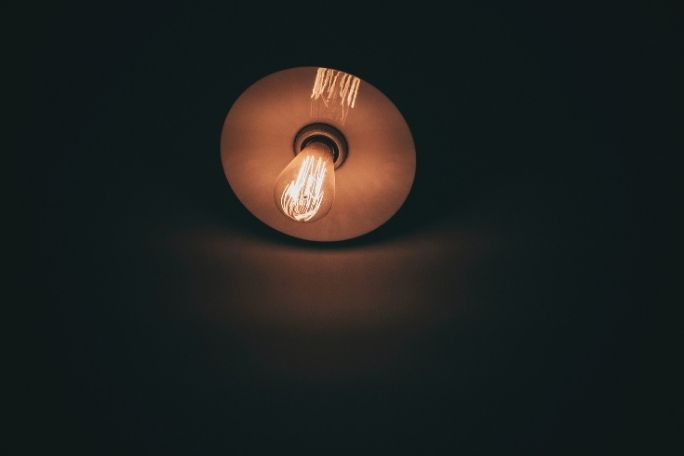Lesson summary
Students complete a lighting audit of all the lights that are on in their classroom. With this information, students work together to create a plan for their classroom aimed at reducing energy related to lighting.
Learning Intentions:
Students will...
- understand that lights use energy.
- understand that saving energy will help our environment.
- understand how and why to do a simple audit.
- use counting and addition skills to audit lights at school and at home.
Lesson guides and printables
Lesson details
Curriculum mapping
Australian Curriculum content descriptions:
Foundation Mathematics:
- Establish understanding of the language and processes of counting by naming numbers in sequences, initially to and from 20, moving from any starting point (ACMNA001)
- Connect number names, numerals and quantities, including zero, initially up to 10 and then beyond (ACMNA002)
Year 1 Mathematics:
- Represent data with objects and drawings where one object or drawing represents one data value. Describe the displays (ACMSP263)
- Represent and solve simple addition and subtraction problems using a range of strategies including counting on, partitioning and rearranging parts (ACMNA015)
Year 1 Science:
- People use science in their daily lives, including when caring for their environment and living things (ACSHE022)
Year 2 Mathematics:
- Solve simple addition and subtraction problems using a range of efficient mental and written strategies (ACMNA030)
- Collect, check and classify data (ACMSP049)
Year 2 Science:
- Earth’s resources, including water, are used in a variety of ways (ACSSU032)
Syllabus Outcomes: ST1-11LW, ST1-9ES, MAe‑1WM, MAe‑2WM, MAe‑4NA, MA1‑1WM, MA1‑2WM, MA1‑3WM, MA1‑5NA, MA1-17SP.
Topic: Switch to Save, Energy.
Time required: 60 mins.
Level of teacher scaffolding: High – oversee activity and lead students in audit.
Resources required
- Student Worksheet – one copy per student OR computers/tablets to access the online worksheet
- Take It Home – Lighting Audit
Additional info
This is an original Cool.org lesson. Facts and figures in these lessons may have changed since this lesson was published. We always endeavour to update our resources in a timely manner, but if you see an error or issue in our resources please get in touch with us.


Welcome back!
Don't have an account yet?
Log in with:
By signing up to Cool.org you consent and agree to Cool's privacy policy to
store, manage and process your personal information. To read more, please see
our privacy policy here(Opens in new tab).
Create your free Cool.org account.
Many of our resources are free, with an option to upgrade to Cool+ for premium content.
Already have an account?
Sign up with:
By signing up to Cool.org you consent and agree to Cool's privacy policy to
store, manage and process your personal information. To read more, please see
our privacy policy here(Opens in new tab).